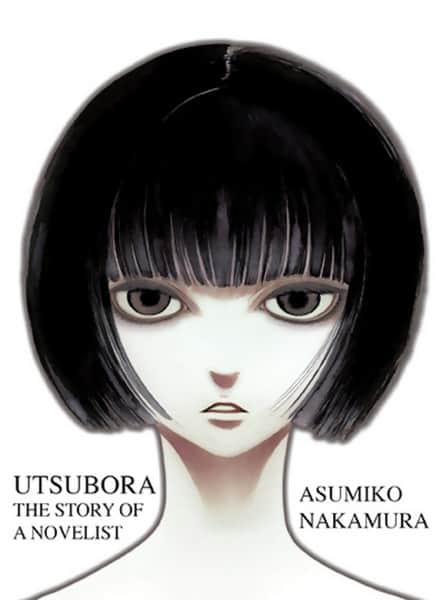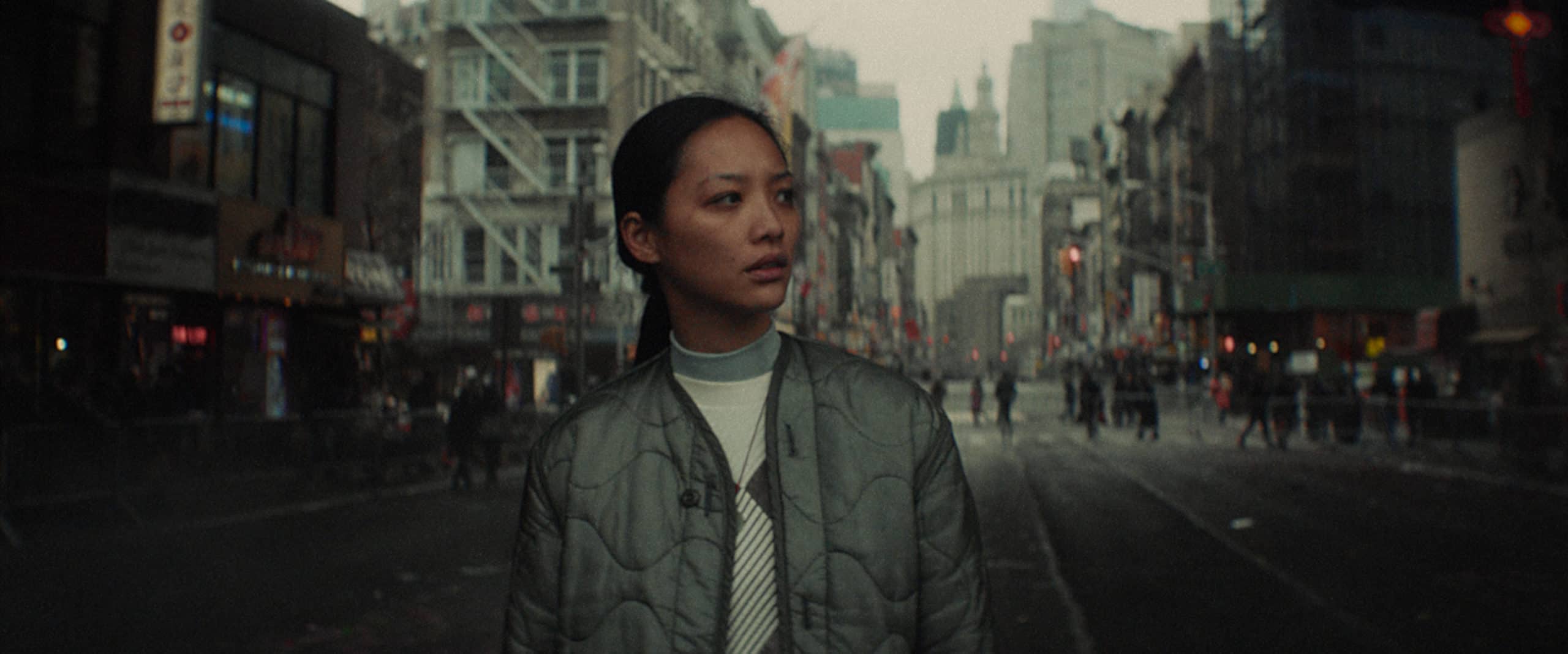After a young woman leaps to her death, a mystery begins to unfold around the enigmatic Aki Fujino and her relationship with author Mizorogi whose latest work, “Utsubora”, is proving to be a great success. As the truth around the release becomes tied to the suicide of the aspiring author in Aki, those investigating and involved with the author begin to spiral at the realization that the work could be plagiarized.
Buy This Title
Asumiko Nakamura remains a relatively unknown name here in the west, with a large part of that playing into a style that feels unfamiliar among popular manga titles of the day. Additionally, the approach of the artist in both narrative and visual speaks to the genre of “Gekiga” which focuses on stories more grounded in realism. While the genre has a slew of dedicated followers, it has stayed out of the mainstream market relegated to publishers specializing in underground and independent comics. Consequently, “Utsubora” offers a somber exploration of its subject fallacies with a unique visual flair that makes it a stand out to those looking for alternative narratives to the escapism offered in most mainstream offerings.
Nakamura's style, use of elongated figures with sunk features that reflect the ‘heroin chic' of the 90's, gives the manga a strong visual presence. Particularly the work on female figures and sexually explicit content shows Nakamura's knack for romanticizing the female form. Her posture work gives her characters a certain commanding presence that elevates them past unfavorable tropes of helplessness and servitude. In comparison, the male counterparts feel more subservient when faced with the beautiful figures she creates. However, the male characters are still imbued with complexities that makes their infatuations more than just a superficial fascination with beauty. Ultimately, the way the mangaka approaches and frames her subjects, both perspective and panel work, makes for a deeply engrossing visual experience.

The lush stylish visuals approach also compliment the narrative, as the manga feels equal parts film noir and arthouse erotica. These two genres also begin to meld in a rather unsettling fashion as a personal defeat is often juxtaposed with sexual desire, using sex as a means to find reprise from a troubled mind. While it can be disorienting, these segments work to highlight the despair faced by the various players and the deep psychological scars it creates across the entire emotional spectrum. Speaking to the strength of mystery in narrative, the story will keep readers guessing until the end. The conclusion is bound to catch most readers by surprise, but still frames the story in a way that does not feel forced or confusing for the sake of trying to add depth.
Vertical, which also published the similarly styled Helter Skelter by Kyoko Okazaki, does the series a service by releasing in an omnibus collection, spanning over 400 pages. With this being one of the few works of Nakamura properly translated and published, the release can act as a treasure among fans of ‘alternative' manga.
“Utsubora: The Story of a Novelist” is a visually striking and narratively complex (yet rewarding) work from an under-discovered talent in the West. Fans of more realistic driven narratives should also favor the work, particularly those who enjoy deeper observation of tragic figures. Overall, Nakamura offers up an experience that few others are able to replicate, thus this release should not be overlooked.
















